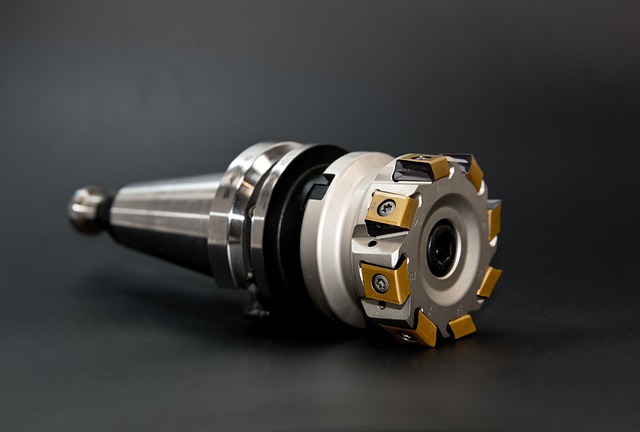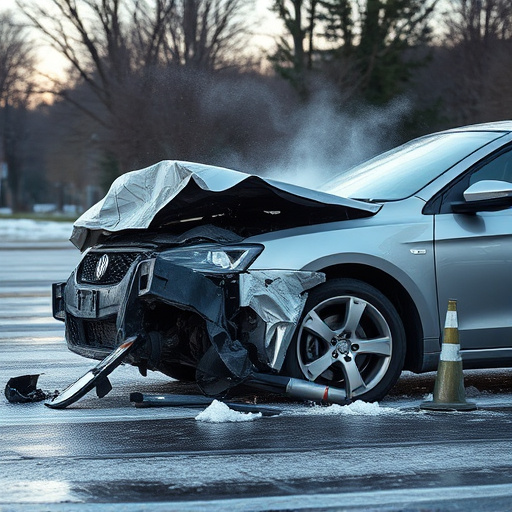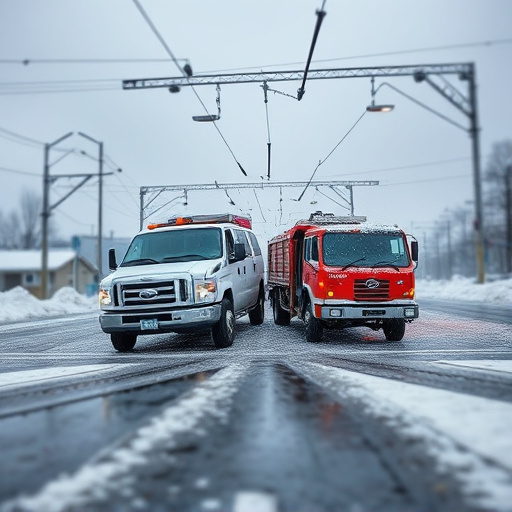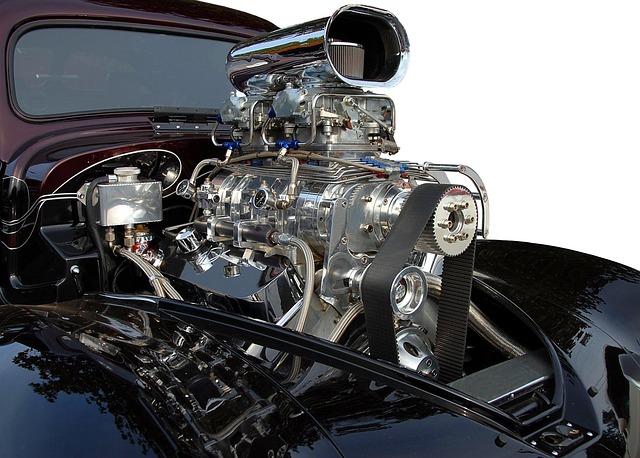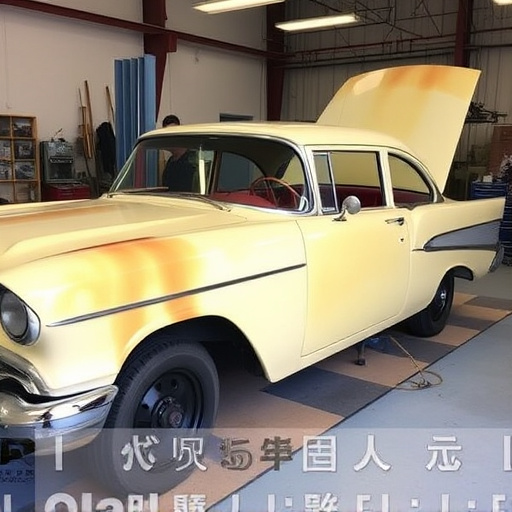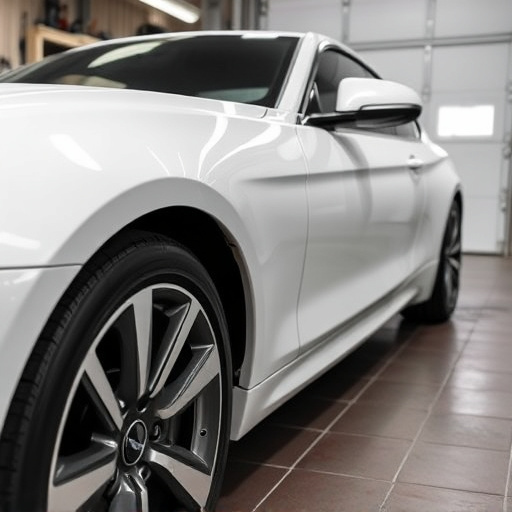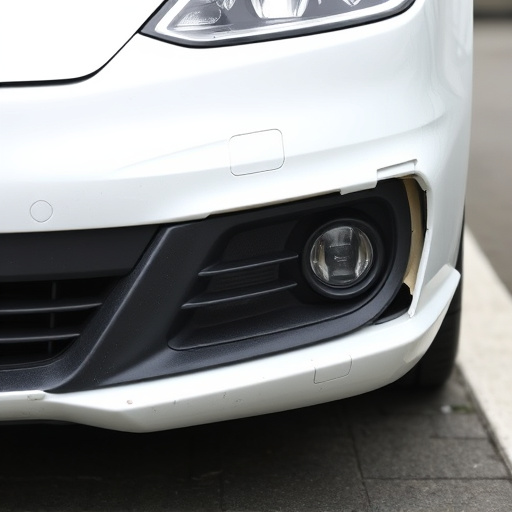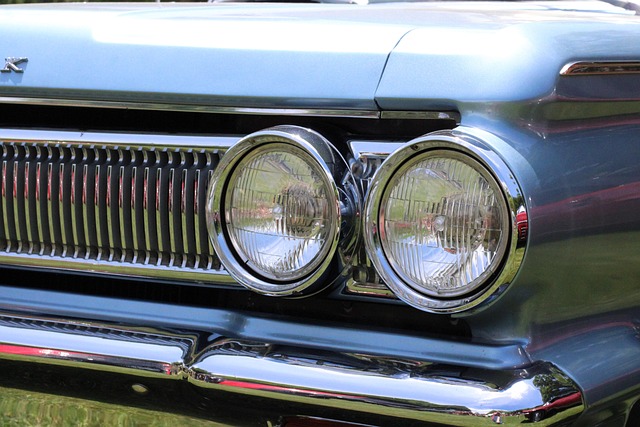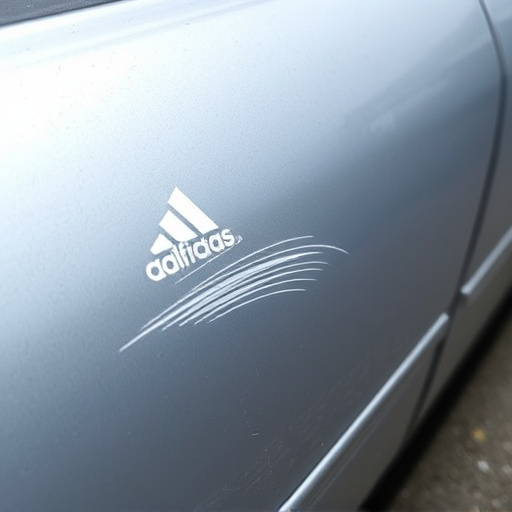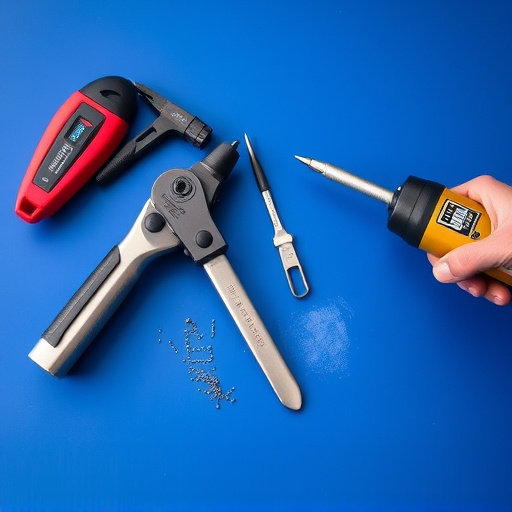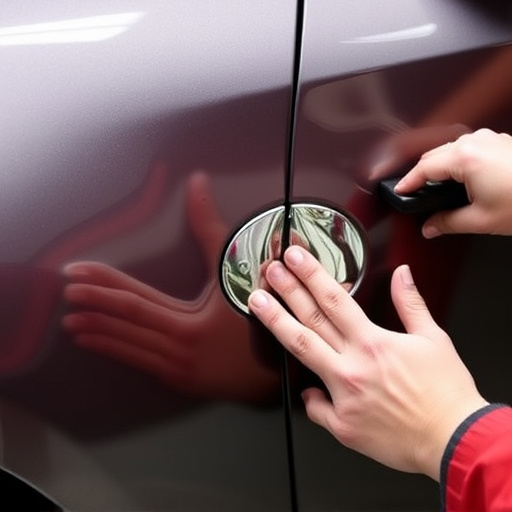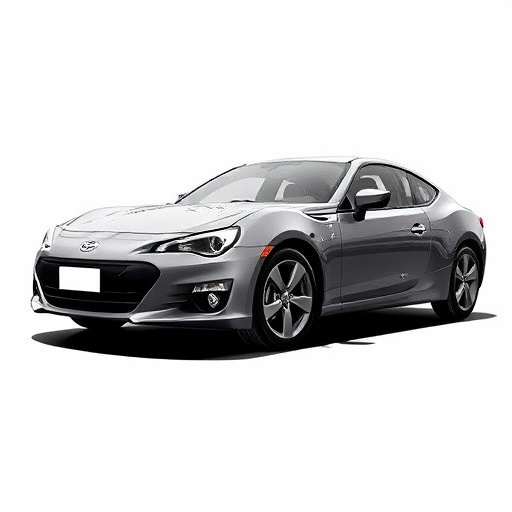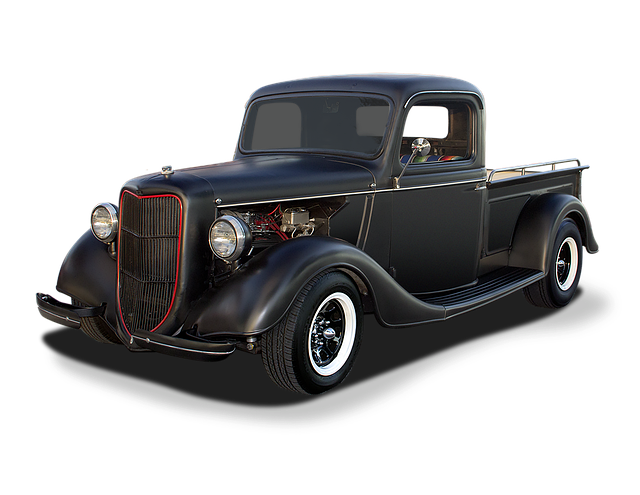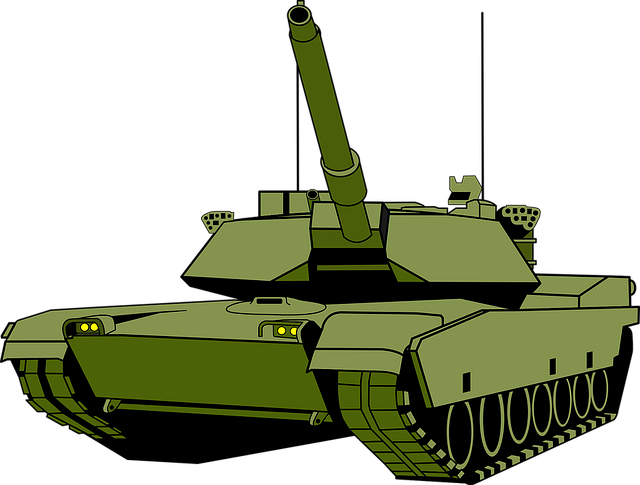In severe vehicle collisions, full panel replacement becomes necessary when exterior panels are permanently damaged, affecting structural integrity. This process involves removing and installing new panels, ensuring safety, aesthetics, and functionality. Skilled auto body shops offer expert full panel replacements, addressing both cosmetic and structural issues. A comprehensive guide outlines a five-step process: damage assessment, part sourcing, vehicle lifting, panel removal/installation, and testing/reassembly, emphasizing future-proof repairs and structural integrity.
After a collision, repairing or replacing car panels is crucial for safety and aesthetics. This article guides you through understanding full panel replacement (FPR) vs. cosmetic repairs, focusing on when FPR is necessary. We’ll explore the differences between structural and cosmetic panels, offering a step-by-step guide to help you navigate the process effectively. Discover why FPR can be a game-changer in restoring your vehicle’s safety and beauty.
- Understanding Full Panel Replacement: When is it Necessary?
- The Difference Between Structural and Cosmetic Panels
- Step-by-Step Guide: Replacing Your Car's Panels After a Collision
Understanding Full Panel Replacement: When is it Necessary?
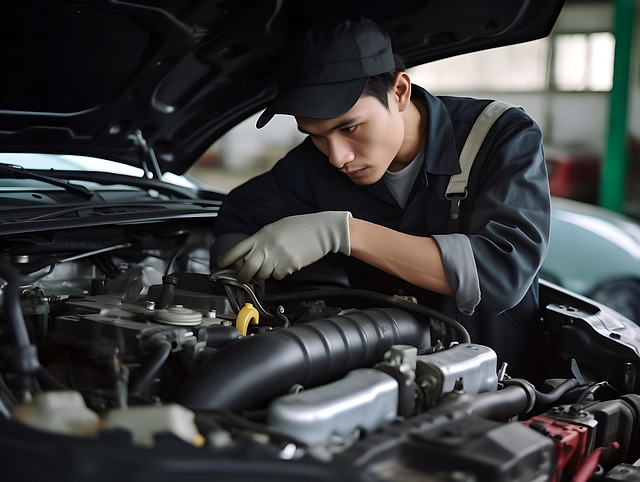
In many cases, a collision can cause significant damage to a vehicle’s exterior panels, extending beyond what simple cosmetic repairs can address. Understanding when full panel replacement is necessary is a crucial step in effective auto body services. While minor dings and dents might be suitable for painting or plastic repair, severe impacts often leave permanent marks that compromise the structural integrity of the panels. These include deep creases, large cracks, or missing pieces of metal, which can affect not just the appearance but also the safety and performance of the vehicle.
Full panel replacement involves the complete removal and installation of damaged exterior body panels, ensuring a seamless fit and restore the car to its original condition. This process is often recommended when the cost of repairs for multiple cosmetic issues adds up or when structural components need to be replaced for safety reasons. An auto body shop skilled in full panel replacements can provide expert auto glass repair and restoration services, guaranteeing a vehicle’s aesthetic appeal, functionality, and longevity after a collision.
The Difference Between Structural and Cosmetic Panels
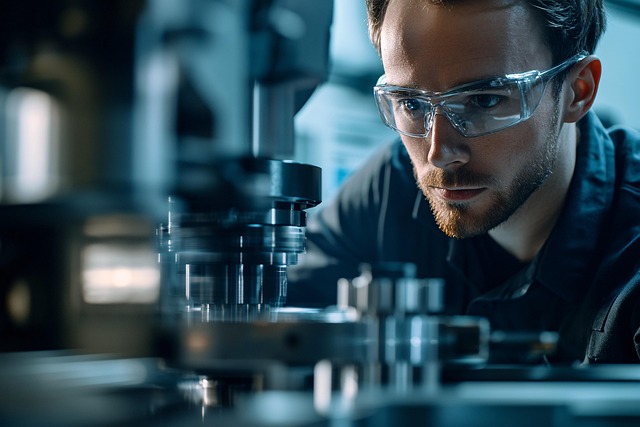
When a vehicle collides, determining the extent of damage is crucial. One of the initial assessments involves differentiating between structural and cosmetic panels. Structural panels bear the brunt of an impact, forming the car’s framework and ensuring safety. These include components like doors, fenders, and hoods that take the force of the collision, protecting the vehicle’s occupants. On the other hand, cosmetic panels are more about aesthetics and include items such as trim pieces, grilles, and bumpers—elements that enhance a car’s look but don’t contribute to its structural integrity.
A full panel replacement might be necessary if structural panels sustain severe damage. Auto body restoration experts will then focus on these critical areas, ensuring they’re repaired or replaced to meet safety standards. In contrast, cosmetic damage can often be addressed through targeted repairs or custom car paint services to restore the vehicle’s appearance without compromising its overall stability, highlighting the distinction between these two types of panels in auto bodywork.
Step-by-Step Guide: Replacing Your Car's Panels After a Collision
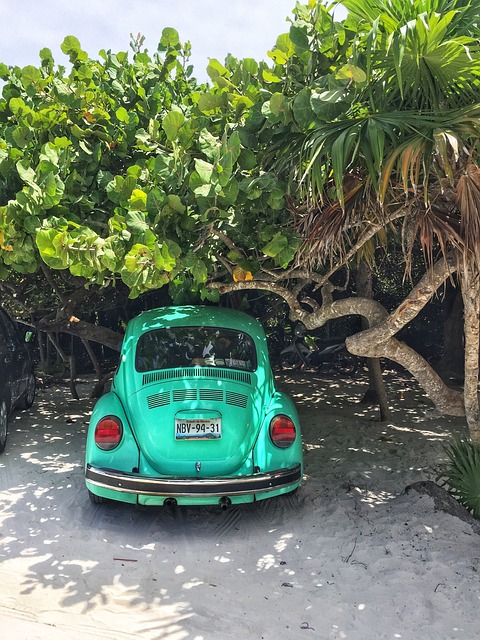
After a collision, determining whether to conduct a full panel replacement or opt for bumper repair and cosmetic fixes is crucial. Here’s a step-by-step guide to help you navigate this process:
1. Assess the Damage: Start by examining your vehicle thoroughly. Check for dents, creases, or any structural damage beyond what’s visible on the surface. If the damage extends to critical components like frames, doors, or hoods, a full panel replacement might be inevitable. However, for less severe cases, collision repair services focusing on bumper repair and auto glass repair could suffice.
2. Gather Parts and Tools: Once you’ve decided on the extent of repairs, source high-quality replacement panels tailored to your vehicle’s make and model. Ensure they fit seamlessly to avoid future issues. Gather all necessary tools, including jack stands, wrenches, screwdrivers, and safety equipment. Remember, safety should always come first during any DIY auto repair endeavor.
3. Remove the Damaged Panels: Carefully lift your car using jack stands and secure it safely. Then, start removing the damaged panels by detaching any hardware, such as hinges, mirrors, or lights. Mark the location of each component for easy reassembly. This step requires precision to ensure all parts fit correctly post-replacement.
4. Install New Panels: Fit the new panels in place, ensuring they align perfectly with the vehicle’s body. Secure them using appropriate hardware and tighten according to your car manufacturer’s recommendations.
5. Test and Reassemble: Once the new panels are firmly in place, lower your vehicle and test all components to ensure proper functioning, including doors, windows, and mirrors. Lastly, reinstall any removed accessories for a complete restoration.
When dealing with car damage from a collision, understanding the distinction between structural and cosmetic panels is key. While cosmetic panels enhance aesthetics, structural panels ensure vehicle safety and stability. In cases of severe impact, a complete full panel replacement may be necessary for both safety and longevity. Following a step-by-step guide ensures proper repair, maintaining your vehicle’s integrity and value.
